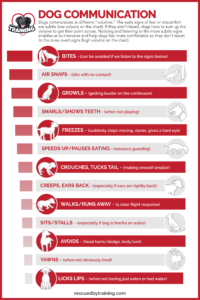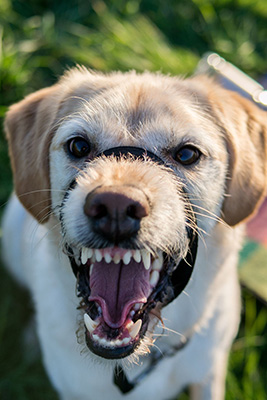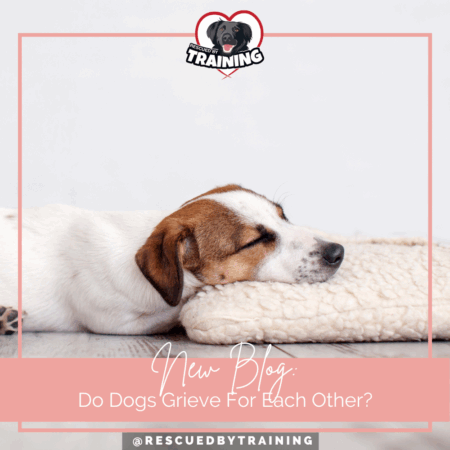 Last week I released an infographic on dog communication. If you missed it, you can download your copy here. Understanding how to read your dog’s communication is the single most important thing you can to improve your relationship with your dog. Dogs very rarely “bite out of nowhere.” More commonly, we’ve ignored (or in some cases, the dog has been punished for) earlier warning signs. When early warning signs are ignored or punished, then the dog needs to escalate their communication to be heard.
Last week I released an infographic on dog communication. If you missed it, you can download your copy here. Understanding how to read your dog’s communication is the single most important thing you can to improve your relationship with your dog. Dogs very rarely “bite out of nowhere.” More commonly, we’ve ignored (or in some cases, the dog has been punished for) earlier warning signs. When early warning signs are ignored or punished, then the dog needs to escalate their communication to be heard.
I get it. Growling can be very upsetting to an owner and often our knee-jerk reaction is to yell “no” to the dog, in an attempt to stop this “undersireable” behavior. I’m here to say, even if that’s what you want to do, what I’d like you to do instead is back away, happy talking and tossing food to your dog, thanking him for clearly communicating he’s upset. I know that feels counterintuitive, like we’re “rewarding bad behavior” but hear me out. We’re not rewarding bad behavior – we’re helping him feel better about a situation that he’s clearly upset by. If your dog growls at strangers, yelling at him for growling is adding more yuckiness to a situation where he’s already upset. What’s he thinking when this happens? Maybe something like “There’s a scary stranger getting close to me and mom (or dad) is yelling at me. Strangers really are bad news!”
So what do we do? We help him feel safer and then address what is causing him to growl in the first-place. When we address why he’s upset, and help him feel better about that thing, the growling goes away on its own, because he’s is no longer upset. So we don’t really need to focus on making him stop growling – we just need to him them feel safer. This is behavior modification.
In the case of a dog who is afraid of strangers, we help him feel safe and teach him that when strangers are around, only good stuff happens. When he doesn’t feel threatened, he doesn’t growl, because nothing bad or scary is about to happen. Now, this doesn’t mean I have strangers approach and feed a dog who is afraid of them. This is a common, well intentioned, mistake people make. They think “oh I’ll have strangers approach and give my dog food and the dog will learn strangers are good. This approach often results in strangers being bitten. Why? Well, in order for a stranger to feed that dog, they have to get so close that it’s usually too close for the dog’s comfort and if they have no way to escape (like they’re on a leash), their only option to try to get relief is to bite. I tell clients all the time, dogs don’t understand intention. Understanding subtleties like this is one of the many reasons why working with a qualified behavior professional is so important, especially in fear and aggression cases.
If we punish a dog for communicating, or ignore lower level communication, the dog learns those things don’t work to get the relief they’re asking for, so the dog stops doing those things and escalates their communication until it is effective and they’re heard. Punishing a dog for growling is how we create dangerous dogs – dogs who bite with no, or minimal warning signs. Punishing a dog for growling may very well get them to stop growling but without addressing the underlying reason, we’re just suppressing behavior, not modifying it. And that’s a very important distinction to make. Dr. Ian Dunbar put it perfectly, “Punishing a growl is like removing the ticker from a time bomb.” The bomb will still go off but now we’ve lost our warning signal. And I don’t know about you, but I’d much rather have a dog growl at me than just try to bite.
So the next time your dog growls, back away, happy talk and feed them and then focus on how you can help them feel better about the thing that made them growl to begin with. And, as always, if you need help with your dog, please reach out!
Happy training!
![]()




